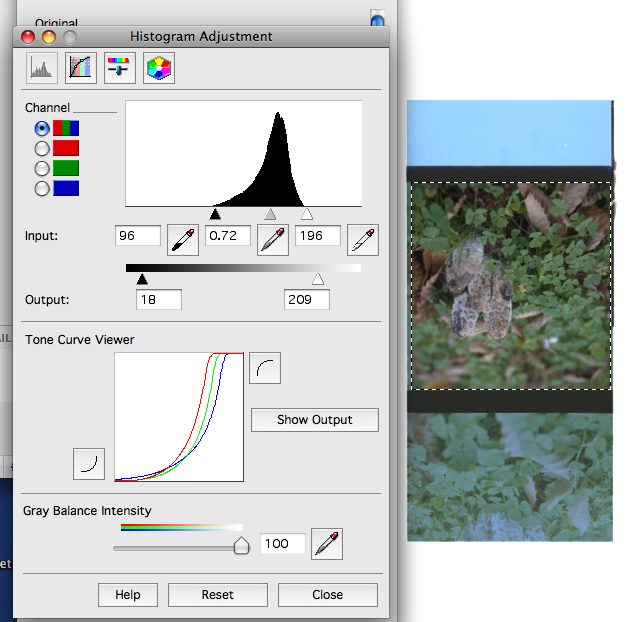 Film
FilmAn often repeated claim I hear goes like this: I don't use film anymore as the whole thing has become too expensive, or some incredulously saying 'do they still make film'?
I'm finding quite the opposite, firstly consumer colour film is far cheaper now than it was when I first started photography in the 1970's
This Week-End just for fun (and my upcoming holiday) I decided to take out £10 and see how many rolls of film that small sum of money could buy.
First stop was Boots the chemist, a British High Street chain whose photographic departments often have minlabs as well as a small stock of film.
I noticed on the shelf they have their own brand 200 36exp 5 packs for £8.49 and Fuji 200-24 for a little less.
They also sell slide film and Ilford B&W and a few single use recyclable cameras although they don't publicise this on their website (c'mon guys).
This particular shop had some short dated Fuji 'Holiday Pack' for £1.99 for 5 rolls I bought all they had which was 2 packs (10 rolls) at a total of £3.98 not bad...
Next a short trip to Poundland which unsurprisingly has a ticket of a pound for any item. Here I found Kodak 200-24 and their own single use recyclable cameras each (drum-roll) £1
My price cap for the afternoon was £10 so I bought 5 rolls of the Kodak giving me change of £1.02 which I used for the car park-15 rolls of film for less than £10.
My haul can be seen in the picture at the top of the post.
Processing
On the High St there is still quite a lot of choice regarding processing most chemists and supermarkets offer processing from as little as 99p up to about £5.00 or so depending on the service I have the 99p develop only which has been fine quality wise apart from the cutting into 4s
Prolabs have become much more thin on the ground, generally they use dip and dunk machines that take longer to process a roll and cut into 6's develop only can range £3-5 this becomes pricey if you need to post them.
I use a cheap minilab for 35mm and pay £2 for them they cut them in 6s and do a nice job.
Cameras
The choice here is huge, the rush to digital means yesterdays consumer compact is mostly worthless, recently I have purchased a Pentax Espio zoom 35mm compact for 50p! I have seen Canon sureshots Olympus trips and the like for 5-£10.
Lower end SLR of 10-20 years ago like Zenith and Praktica can be had for similar money, while mid tier SLRs like the Yashica FXD, Fujica STX 1n and Ricoh KR 10 can be found for £20.
The cheaper first tier cameras include the excellent Olympus OM1 and Canon EOS 650 of which I've seen many examples under £50, lots of choice with very high quality.
Modern AF cameras like the Nikon F100 and Canon EOS 1 can be found for a few hundred and make excellent occasional film use bodies for those with digital equivalents.
So film can be relatively in-expensive and should be though as a pay as you go model, especially if you don't shoot many images and enjoy just shooting and forgetting only to re-find that image 6 months later.
A camera like an Olympus OM1 will deliver great images for many years and gets a 'sensor' upgrade every time a new film comes out, something like a film compact can be slung in your cars glove-box taken to the beach and can be cheaper that a single use camera.

































